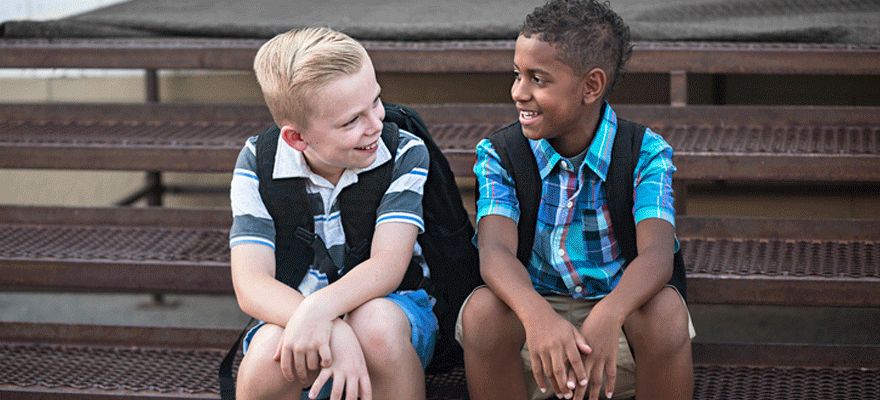
What is My Kid Saying? The Ultimate Glossary to TikTok Slang
What the sigma. Skibidi toilet. Ohio rizz. If these silly phrases sound familiar, you probably have a kid in or near middle school age. You also probably have no idea what they are actually talking about (and you are not alone there).
The strange new lingo that has overtaken our kids’ vocabulary is aptly named “Brainrot” and it has parents everywhere struggling to communicate with their own children. But we’ve got you covered.
Pssst… Check out Our 2024-2025 Annual Guide
Let’s Break it Down
Here are some of the current trendy words and terms currently circulating TikTok
Brainrot: Chronically online and often using these terms in daily conversations
Rizz: Stems from “charisma,” and it means as much
Gyatt: A large backside
Rizzler: A person who has an ability to flirt and charm people
Skibidi: Popularized by the YouTube video skibidi toilet; kids use it interchangeably as a positive and negative adjective
Ohio: Something that’s strange or unusual, stems from memes on the internet about crazy events that have seemed to occur in Ohio
Mewing: A trend of putting your tongue flat against the roof of your mouth to define your jawline. When someone is “mewing” they might run a finger along their jawline to express the inability to talk while ding so
Sigma: A male archetype to describe someone is very cool and well-liked, though often more reserved
As silly as these terms sound, setting boundaries with your child is important. These terms used in certain contexts and environments are extremely inappropriate. Especially when the school year approaches, using some of these terms could cause some trouble. While social media offers our children creative and fun content, it’s important to encourage a balanced approach to their use. You want your children to have a safe digital experience that does not compromise who they are.
What Can Parents Do?
Educate About Online Safety: Make sure to educate your child on how to stay safe online, such as by managing privacy settings, being cautious around strangers, and comprehending the consequences of sharing personal information on the internet.
Set a Good Example: Display healthy digital habits yourself. Kids tend to mimic their parents’ actions, so showing responsible screen use can make a positive impact. For example, watch your own screen time and how much time you spend on your own devices around your child.
Monitor Content: Please ensure you are mindful of the content your child is viewing on TikTok. Familiarize yourself with the kinds of videos they are watching and the creators they are following. If needed, make use of parental controls that are offered in the app.
Open Communication: It’s important to maintain open communication with your child regarding their use of TikTok. Engage in non-judgmental conversations to understand what they find appealing about the platform and what aspects they enjoy. If you find your child is using the platform with ill intent voice your concerns.
Set Limits: It is important to set clear guidelines for using screens of any kind and TikTok. It’s helpful to agree on specific times or durations for social media usage and make sure these limits are consistently followed.
Encourage a Healthy Balance: Promote a well-rounded lifestyle that encompasses physical exercise, social engagements, hobbies, and academics in addition to screen time. Assist your child in discovering other hobbies other than the internet that they enjoy engaging in it.
Take Action if Needed: If your child’s use of TikTok or use of language is significantly disrupting their daily routine, relationships, or school performance, it’s important to consider seeking guidance from a pediatrician or mental health professional if needed.
At the end of the day, children are going to give in to trends and follow their friends to some extent. It is important as a parent to familiarize yourself with these trends and eliminate any potential harm.





